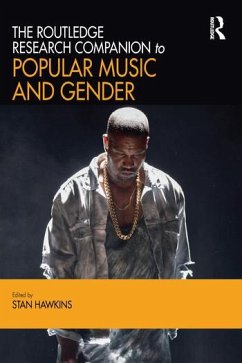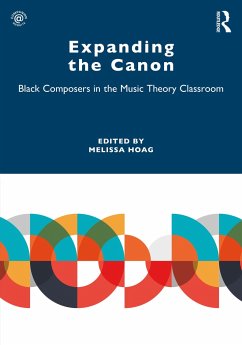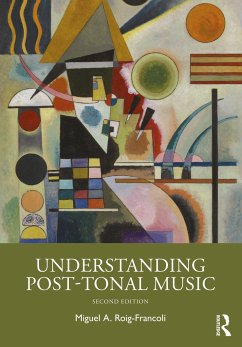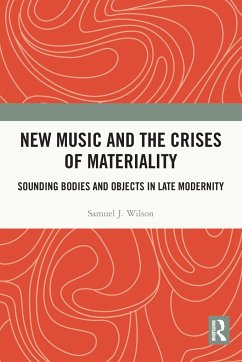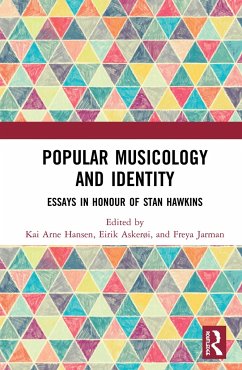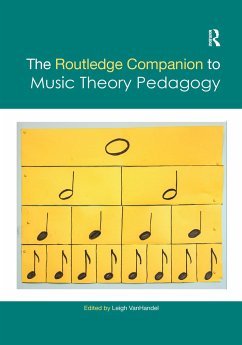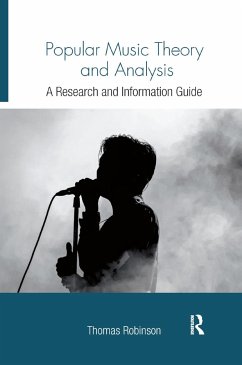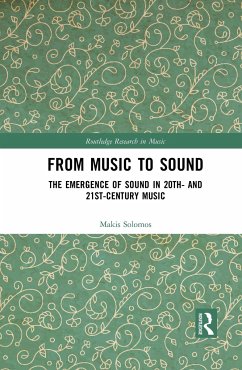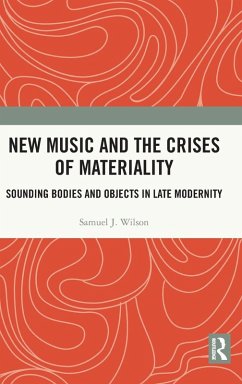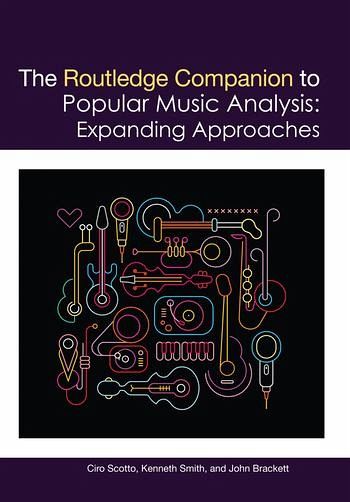
The Routledge Companion to Popular Music Analysis
Expanding Approaches
Herausgegeben: Scotto, Ciro; Smith, Kenneth M.; Brackett, John
Versandkostenfrei!
Versandfertig in 6-10 Tagen
57,99 €
inkl. MwSt.

PAYBACK Punkte
29 °P sammeln!
The Routledge Companion to Popular Music Analysis: Expanding Approaches widens the scope of analytical approaches for popular music by incorporating methods developed for analyzing contemporary art music. This study endeavors to create a new analytical paradigm for examining popular music from the perspective of developments in contemporary art music."Expanded approaches" for popular music analysis is broadly defined as as exploring the pitch-class structures, form, timbre, rhythm, or aesthetics of various forms of popular music in a conceptual space not limited to the domain of common practic...
The Routledge Companion to Popular Music Analysis: Expanding Approaches widens the scope of analytical approaches for popular music by incorporating methods developed for analyzing contemporary art music. This study endeavors to create a new analytical paradigm for examining popular music from the perspective of developments in contemporary art music.
"Expanded approaches" for popular music analysis is broadly defined as as exploring the pitch-class structures, form, timbre, rhythm, or aesthetics of various forms of popular music in a conceptual space not limited to the domain of common practice tonality but broadened to include any applicable compositional, analytical, or theoretical concept that illuminates the music. The essays in this collection investigate a variety of analytical, theoretical, historical, and aesthetic commonalities popular music shares with 20th and 21st century art music. From rock and pop to hip hop and rap, dance and electronica, from the 1930s to present day, this companion explores these connections in five parts:
Establishing and Expanding Analytical Frameworks
Technology and Timbre
Rhythm, Pitch, and Harmony
Form and Structure
Critical Frameworks: Analytical, Formal, Structural, and Political
With contributions by established scholars and promising emerging scholars in music theory and historical musicology from North America, Europe, and Australia, The Routledge Companion to Popular Music Analysis: Expanding Approaches offers nuanced and detailed perspectives that address the relationships between concert and popular music.
"Expanded approaches" for popular music analysis is broadly defined as as exploring the pitch-class structures, form, timbre, rhythm, or aesthetics of various forms of popular music in a conceptual space not limited to the domain of common practice tonality but broadened to include any applicable compositional, analytical, or theoretical concept that illuminates the music. The essays in this collection investigate a variety of analytical, theoretical, historical, and aesthetic commonalities popular music shares with 20th and 21st century art music. From rock and pop to hip hop and rap, dance and electronica, from the 1930s to present day, this companion explores these connections in five parts:
Establishing and Expanding Analytical Frameworks
Technology and Timbre
Rhythm, Pitch, and Harmony
Form and Structure
Critical Frameworks: Analytical, Formal, Structural, and Political
With contributions by established scholars and promising emerging scholars in music theory and historical musicology from North America, Europe, and Australia, The Routledge Companion to Popular Music Analysis: Expanding Approaches offers nuanced and detailed perspectives that address the relationships between concert and popular music.





